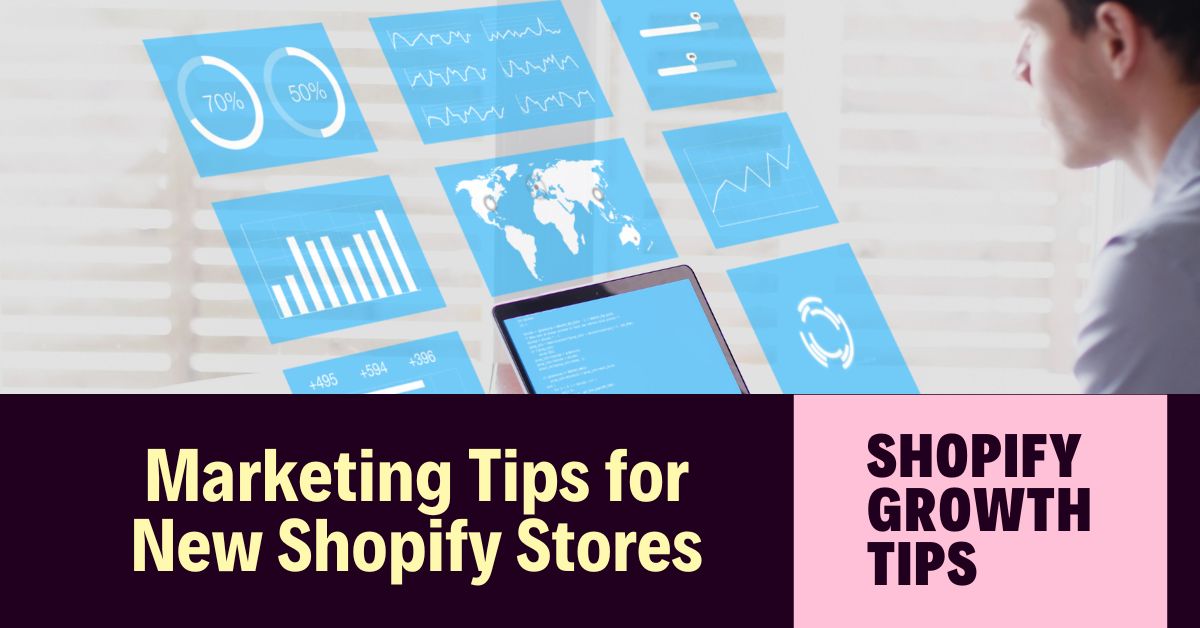Marketing is the bridge that connects your products to your target audience, creating awareness, interest, and, ultimately, sales. So, applying a diverse range of marketing techniques is essential to stand out in the highly competitive e-commerce space.
Let’s check some actionable marketing tips that will help new Shopify store owners pave their way to success.
Enhance SEO Skills to Rank High on Google
An investment in a long-term SEO strategy should be a top priority for online success. Focus on long-tail keywords that capture the specific intent of your shoppers. These are the gems that attract high-quality traffic to your store, not just window shoppers.
Leverage the power of backlinks. But not just any backlinks—strive for quality over quantity. Backlinks from sites with a Domain Authority (DA) of over 30 are best, but higher is always better. Partner with reputable sites, perhaps through guest blogging or collaborations, to funnel their authority to your store.
Also, don’t overlook the technical aspects. Site speed, mobile optimization, and user-friendly architecture are critical factors that Google takes into account when ranking your site.
 Source: Pixabay
Source: Pixabay
You also can’t underestimate killer content that establishes your expertise. Your goal should be to solve problems, educate, and engage your audience. Google’s new update prioritizes content helpfulness over almost anything else.
Committing to these basic strategies won’t deliver overnight success. You’re looking at around 3-6 months minimum to start getting onto page one of Google. But organic traffic is gold, so laying down the tracks for sustainable visibility is the best way forward.
Invest in Quality Visual Content
In the digital marketplace, your product’s first impression is often its last. Stock images or photos from the suppliers might seem like a budget-friendly option, but they just don’t deliver the impact your Shopify store needs. Those same images could be featured on other sites, making it tough for your brand to really shine.
That’s where hiring a professional photographer and website designer can offer you a brand-altering advantage. A good starting point is to check out freelance platforms such as Upwork and Fiver.
They get into the core of what makes your brand tick and translate that into visuals that speak directly to your customers. It’s an investment that sets the stage for authentic brand connection with your audience.
Get Featured on Review Blogs & Sites
Find bloggers and niche websites whose audience matches your target demographic, then send a personalized email detailing who you are, what you do, and why their readers might appreciate learning about your product.
Offer to send them a sample. While this might appear as giving away freebies, remember the bigger picture here is investing in potential long-term supporters for your brand.
Once you get them interested, there are many other different ways to structure mutually beneficial agreements, whether that be commission-based on their affiliated links, a one-time payment, or some sort of backlinking set-up.
Customer recommendations are the strongest way to drive sales. Endorsements from bloggers to their already loyal audience are just like this.
Free Shipping
Free delivery is a strategy that may knock a little off your product margin, but it can increase overall sales drastically. Reflect on the insights gained from famous entrepreneurs like Gary Vaynerchuk, who was one of the first people to offer free shipping on his internet wine store.
Removing shipping fees prevents hidden costs at checkout and can be used as a framing technique to increase cart value if, say, you offer free shipping on orders of over $50.
But nearly half of your potential sales evaporate the moment you tack on a shipping fee at checkout. You can combat this by instituting the minimum spend for free shipping. It’s a calculated move to increase your average order value — 78% of buyers are primed to fill their carts with more items to save on delivery.
With free delivery, you’re addressing the 27% of shoppers who would rather visit a physical store to avoid shipping costs. You’re building customer loyalty by aligning with their expectations.
 Source: Pixabay
Source: Pixabay
TikTok – The Ultimate Platform for Brand Reach
Getting your message and visuals just right for your target audience is what will drive your revenue on fast-paced platforms like TikTok. With 1.1 billion active users and the potential for rapid content reach, TikTok is a goldmine for quick brand recognition.
It’s a platform where smart, catchy content can get you noticed in a flash. That’s why many businesses look to influencers and ad agencies who know the channel and can create the kind of content that will get viewers.
But before you actively focus on social media marketing, you should get first-hand feedback from people who are willing to buy your product. This means going beyond the basics and really getting to grips with what your potential customers are interested in. Tools like Google Ads and Google Shopping can help you analyze your audience to see what’s tending for some quick sales.
Other Marketing Platforms & Strategies
Don’t become too dependent on one platform or one type of ad. While TikTok can give you that initial push, it’s important to diversify your marketing techniques and use multiple platforms to reach your target audience.
In simpler terms, you need a well-rounded strategy that uses data to connect with your audience. In addition to TikTok, you may also want to consider using other marketing channels such as:
- Facebook Ads
- Instagram Ads
- Pinterest Ads
- Google Ads
- Twitter (X) Ads
- Mailchimp Email Marketing
- Youtube Ads

Leave A Comment